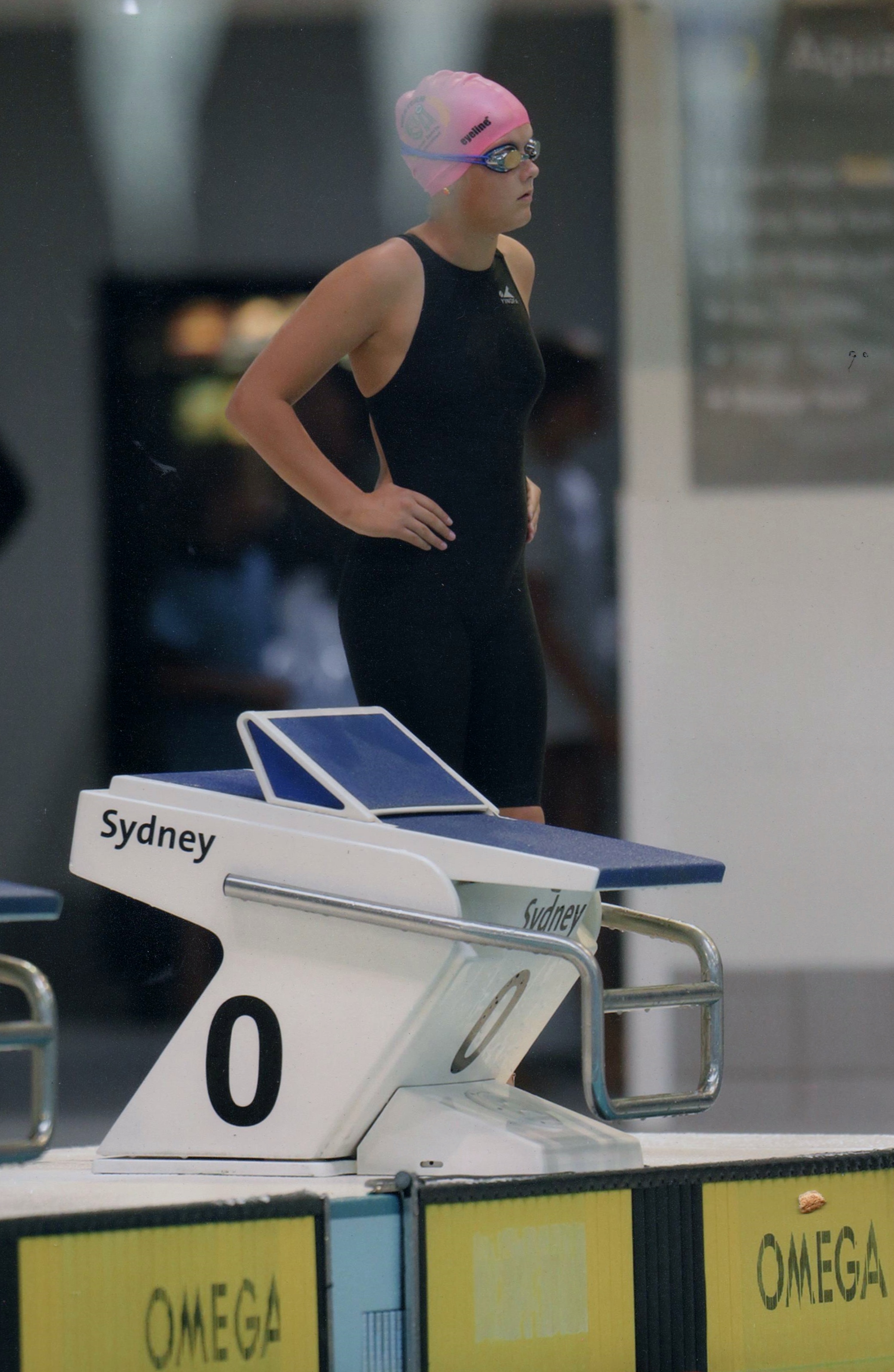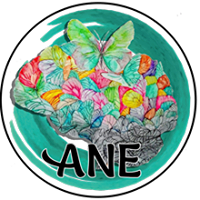
Kate has had 2 episodes of ANE. The first when she was 11 months old from an unknown virus which was diagnosed as Meningioencephalitis. Kate was initially admitted to hospital as she was lethargic and wasn’t eating or drinking. Whilst in the hospital she had tonic/clonic seizures that were not controlled for over an hour, she had a rash all over her torso & head. She had cold hands & feet. She was in a deep sleep but rousable, for 3 days. Following this episode Kate had to relearn how to crawl but other than this; one month later you wouldn’t have known that she had been ill at all.
Her 2nd episode was more severe and happened when she was 13. Initially she had typical flu symptoms of sore throat, slight temperatures and headache. These symptoms worsened until her headache was intense and she had double vision. At our 1st visit to the ER she was diagnosed with Influenza B, she was not vaccinated for the flu and never had been. Over 2 days and visits to both her General Practioner and 3 at the ER, her symptoms became so unusual that she was finally admitted into the hospital where she showed confusion, Bell’s palsy, speech slurring and unsteadiness of gait. She was having minor seizures, vomiting and one pupil was much larger than the other. An MRI and Lumbar Puncture were performed. The next day we were transferred to a major Sydney children’s hospital by Care Flight. Upon arrival we were met by the Neurologist who had studied her MRI, he looked at us and said, “What your daughter has is called Acute Necrotizing Encephalopathy”. I thought to myself, “Necrotizing…. that is a really, bad word”.
Her MRI showed extensive bilateral changes within the thalamus, external capsule, insular cortex and anterior hippocampus as well as multiple brain stem regions. Her CSF again showed elevated protein and EEG showed brain slowing. Kate has tested positive for the RANBP2 gene mutation, it was not inherited but a new mutation in her (de novo). Her Neurologist now assumes her 1st episode in 2002 was also ANE. Eighteen months have passed since hospital discharge and again if you met Kate for the very first time you would never know that she has this rare disease, or has a brain injury. You would never guess that less than 2 years ago, she couldn’t read, use her hands, was hallucinating and her emotions including inhibitions were haywire. She needed support to walk and she spoke like she was intoxicated, in what she said and how she said it.
However, this second ANE episode has left its mark. Kate suffers chronic headaches and fatigue. She has some cognitive issues including memory and visual learning, her fine motor control is not the same as it once was. At times social situations can overwhelm her. This is quite a challenge for her as a teenager. School work takes longer, she has tutors and planning can at times be difficult. However over time she has accepted her Brain Injury and now shares with her peers and teachers her story and the effects of an ABI, thus raising awareness of the many different types and outcomes of brain injury.
We also know how very blessed we have been both in Kate’s outcomes and support. We have a caseworker ( Speech Therapist), who continues to monitor and work with Kate and has been with us since the beginning. The strategies & advice she has offered us have been invaluable.
I am still in awe of this disease, it’s many facets, it’s rarity, ruthlessness and it’s many random attacking elements. Yet I am also in awe of the survivors and their families. I’m in awe of the grace and friendship even of those whose children lost the battle with ANE. I’m in awe of Kate’s good recovery, twice. I hate that Kate having the Gene Mutation never leaves you in peace, it is a cloud always hanging above your head. But, I love being part of the ANE commmunity, witnessing many, many miracles. Being part of huge battles and watching many acts of heroism. Being a witness to any miracle is as rare as the disease itself.
Kate – Prior to 2nd ANE Event

